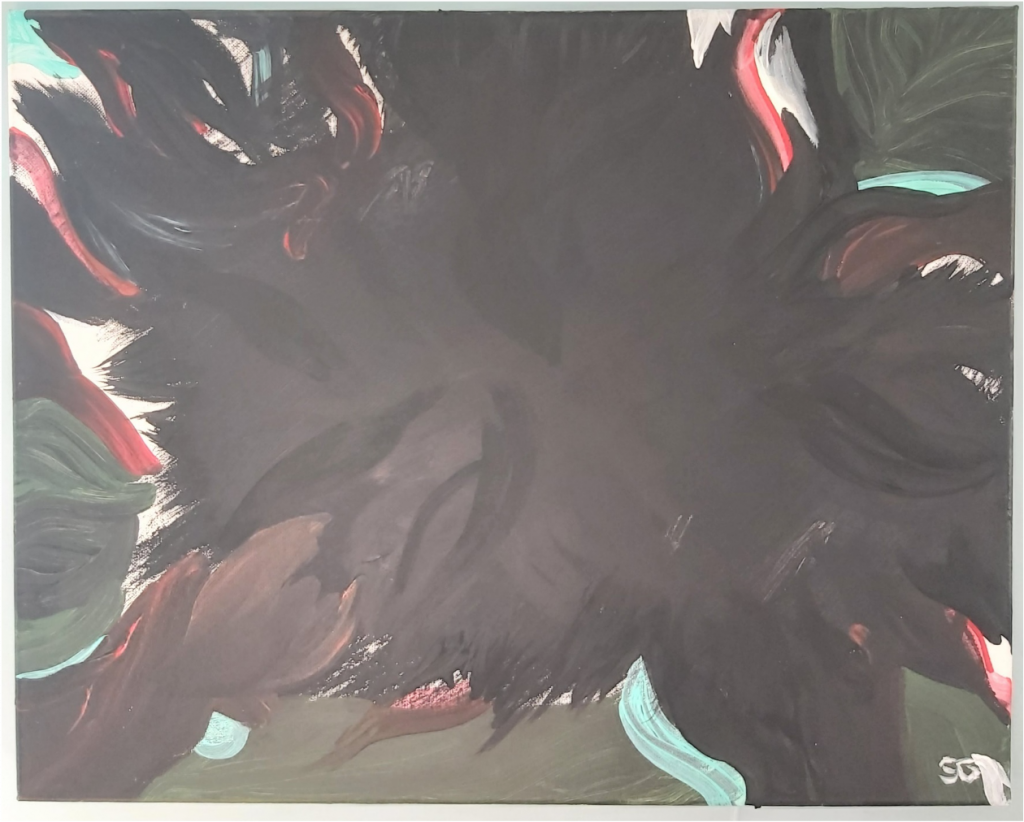1. Indigenous Studies

Artist: Sophia Davidson
It is important in opening this chapter to note that none of the team members who created this book identify as having Indigenous ancestry. This raises an issue of concern – you cannot have a course on homelessness without addressing the reality of Indigenous homelessness in Canada, yet none of us are personally qualified to write from the perspective of someone who has firsthand Indigenous knowledge. In attempting to address this, we have reached out to a number of Indigenous scholars to participate in videos. We are deeply appreciative to the Indigenous scholars who agreed to speak with us and to the non-Indigenous scholars who spoke about research they have conducted in partnership with Indigenous communities.
As you work through this chapter, you may notice that there is less written text and more video and multi-media content. This approach is strategic, in order to bring as many Indigenous voices and perspectives into the conversation as possible. Writing this chapter has been a learning journey for us as well. It is our hope that you will engage with the material as deeply and as thoughtfully as we have, in putting it together. We are eager to learn from the voices of Indigenous persons, even if that learning means taking a difficult look at our governments, our communities, and even ourselves. Please join us.

